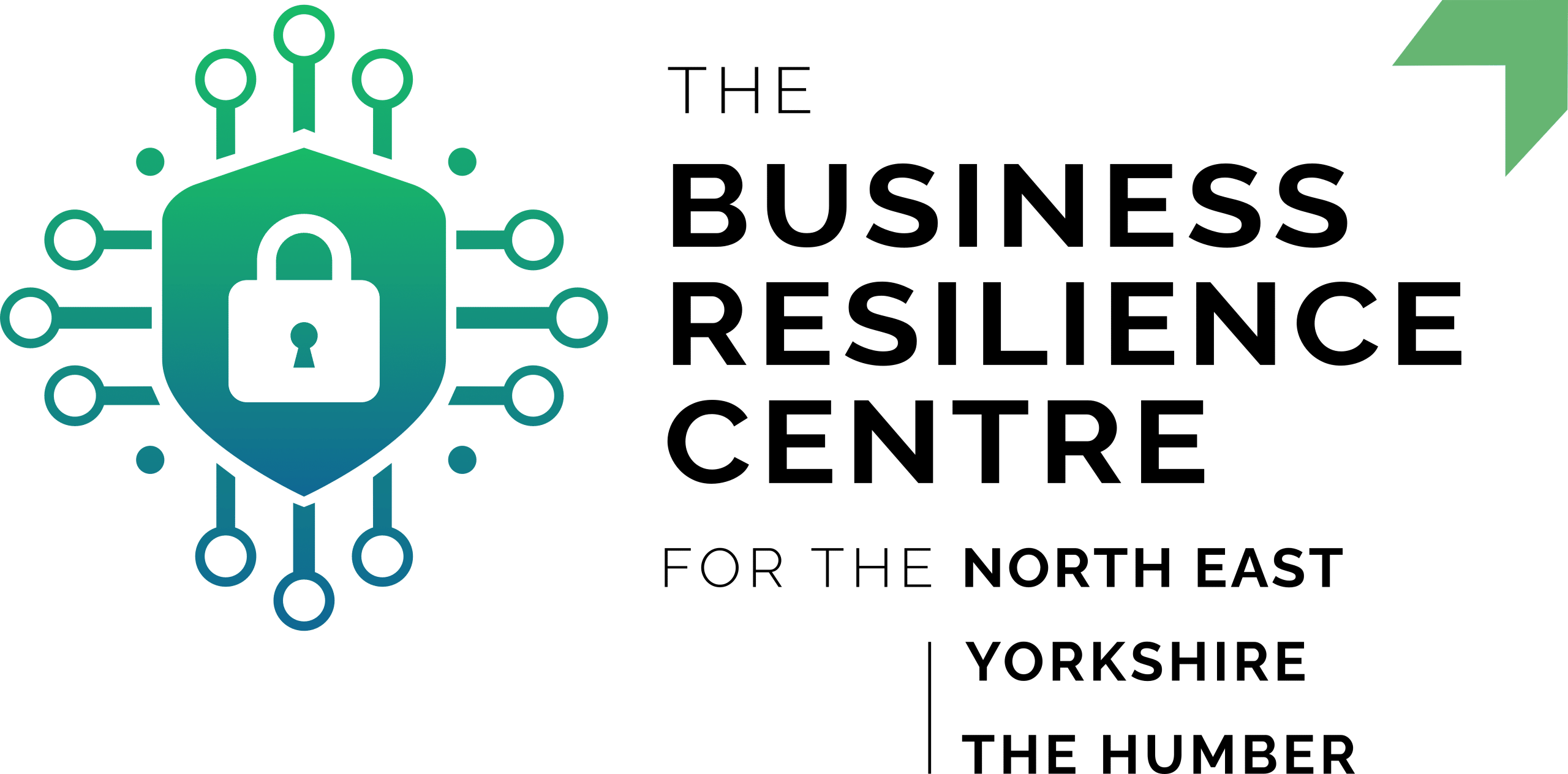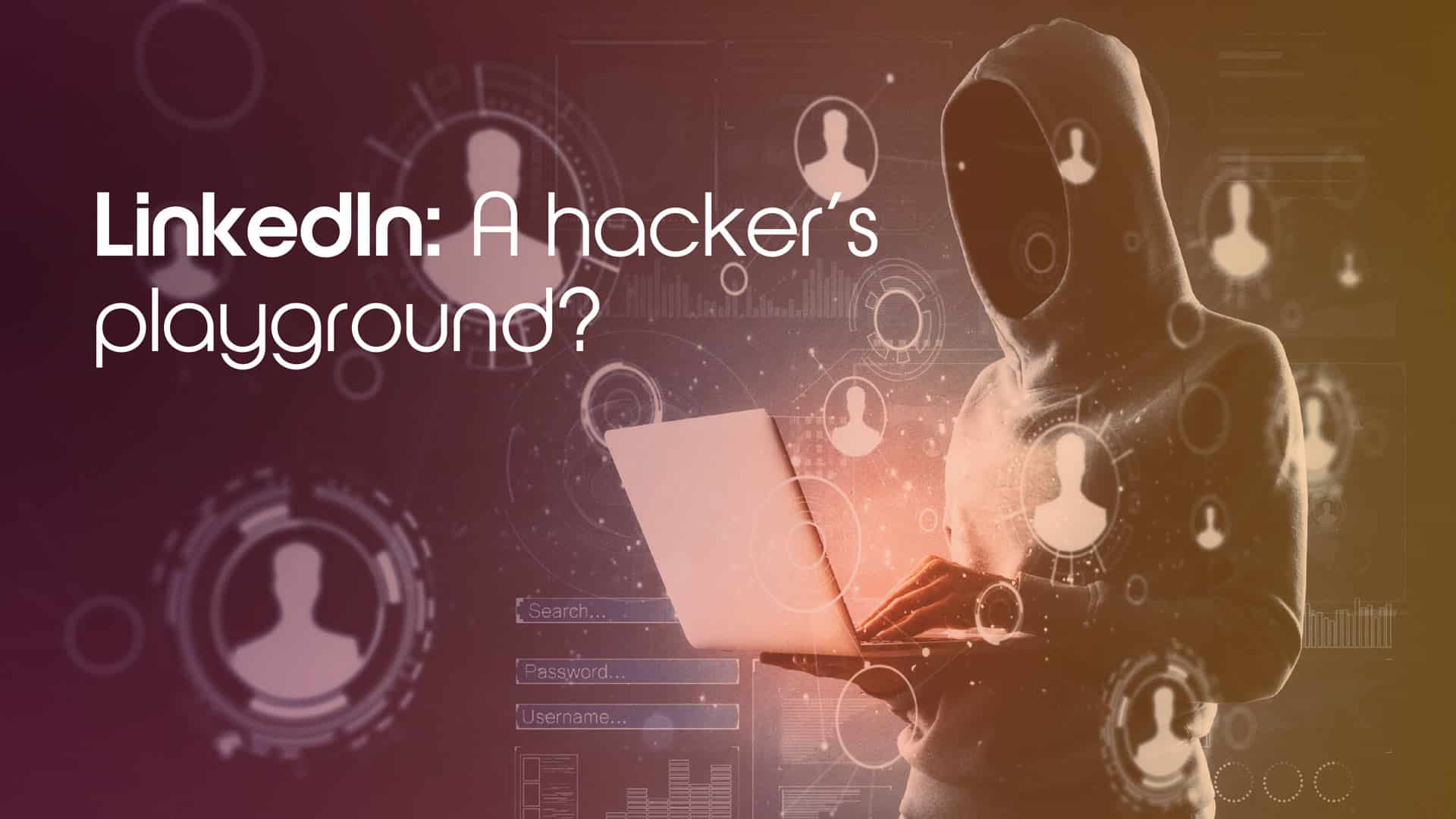LinkedIn might feel like a safe corner of the internet, but it’s quickly becoming a goldmine for cyber criminals.
It’s where careers are made, business connections are built, and reputations shine. But behind the slick profiles and polite networking lies a growing cyber threat. Hackers are hijacking accounts, impersonating professionals, and slipping malware into inboxes all under the guise of a friendly connection request.
So why LinkedIn? Because trust is built into the platform. And hackers are all too happy to exploit it.
From fake recruiters and phishing scams to full-on account takeovers, the experts over at Citation Cyber are breaking down what makes LinkedIn such a prime target. And what you can do to protect yourself (and your business) before it’s too late.
Why LinkedIn is a prime target
LinkedIn has become a treasure trove for cyber criminals. Here are three reasons why hackers set their sights on this platform:
1. Rich data to exploit
Think about all the sensitive and personal information you use on your profile. Everyone can see job titles, company information, and even professional relationships. This helps hackers:
- Craft tailored phishing emails that appear legitimate.
- Impersonate individuals to trick their connections into sharing more sensitive information.
- Build a profile of organisations for larger, more targeted cyber attacks.
2. Trust-based interactions
LinkedIn has a reputation as a professional and credible platform. This makes users more willing to accept connection requests or click on messages from profiles that look legitimate, making them vulnerable to malicious activity.
3. Gateway to corporate networks
Hackers don’t just compromise accounts for the data they hold. With access to a LinkedIn account, attackers can infiltrate wider business networks by:
- Sending malware-laden documents or links.
- Using a compromised account to impersonate trusted individuals and escalate their scam to internal company systems.
Common LinkedIn hacking tactics
Hackers have a variety of methods to exploit LinkedIn users. Below are the most common tactics:
1. Fake profiles and connection requests
Cyber criminals create fake accounts that look professional and credible. These might mimic legitimate recruiters, clients, or even senior figures in major companies. Once a target accepts the connection request, hackers can:
- Send phishing messages containing malicious links.
- Build trust and gather more information before launching a larger attack.
2. Phishing messages
LinkedIn’s messaging feature is often exploited for phishing attempts. Hackers typically send messages that include:
- Links to fake login pages designed to steal your credentials.
- Offers for fake job opportunities that ask for personal data or upfront payments.
- “Urgent” file downloads that secretly install malware.
3. Account takeovers
Weak or reused passwords make accounts easy to compromise. Once hackers gain access, they can cause havoc by:
- Sending fraudulent messages to connections.
- Downloading sensitive information from inboxes or profiles.
- Selling login credentials on the dark web.
The risks of a compromised LinkedIn account
A hacked LinkedIn account can cause more than just inconvenience. The consequences can be severe, personally and professionally:
1. Reputational damage
When hackers use your profile to send phishing messages, it can harm your credibility within your network. Professional relationships built over years could be undermined.
2. Data theft
Your LinkedIn profile includes information about your career and employer. If compromised, this data could contribute to further cyber attacks against you or your organisation.
3. Business impact
If an attacker gains access to multiple employees’ accounts, they could:
- Launch a coordinated phishing campaign targeting the business.
- Exploit the company’s reputation to conduct external scams.
- Breach internal systems by exploiting weak points in the supply chain.
How to protect your LinkedIn account
While LinkedIn hacking is a growing concern, there are practical measures you can take to safeguard your account and minimise risk:
1. Enable Two-Factor Authentication (2FA)
Adding an extra layer of protection drastically reduces the chances of an attacker accessing your account. To enable 2FA on LinkedIn:
- Go to your Account settings.
- Select Sign-in & security.
- Enable Two-step verification.
2. Use strong, unique passwords
Avoid using the same password across multiple platforms. Choose a long password or passphrase (a sequence of unrelated words) that’s easy to remember but hard to guess. Aim for 20 characters or at least a minimum of 14 characters.
3. Review connection requests carefully
If someone sends you a request, ask yourself:
- Does this person seem relevant to your professional network?
- Is their profile fully filled out, or does it look suspiciously generic?
- Do they have a minimal number of connections or just-joined status?
4. Be cautious with messages
Always double check links and attachments, even from people you know. If something feels off, it’s better to verify via another communication channel.
5. Limit profile visibility
Consider adjusting your LinkedIn privacy settings so that sensitive information (like your email address or employment details) is only visible to your direct connections.
6. Stay educated
Hackers’ techniques evolve rapidly. Regularly updating your knowledge of phishing tactics and scam trends will help keep you one step ahead.
What to do if your LinkedIn account is hacked
If your account has been compromised, act quickly to limit the damage:
- Change your password: Make it a strong, unique password and enable 2FA if you haven’t already.
- Report the issue to LinkedIn: Use their support tools to secure your account and flag the breach.
- Notify your connections: Warn them about any suspicious activity that may appear to come from your account.
- Monitor other online accounts: If you’ve reused the same password elsewhere, update it immediately to prevent further breaches.
And check out the NCSC’s guidance on how to recover your account.
Final thoughts
Social media is a great tool for connecting but it can also be a potential cyber threat vector if you don’t manage it securely. LinkedIn’s professional environment provides hackers with unique opportunities to exploit trust, steal data, and damage reputations. That’s why maintaining strong cyber security practices is essential for safeguarding yourself and your business.
Want to learn more about how to protect your online presence or offer your team essential cyber security awareness training? We’re here to help. Don’t wait until it’s too late to act. Contact Paul Leybourne via email [email protected] for expert advice on improving your defences and making your business more secure.

